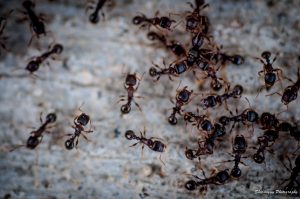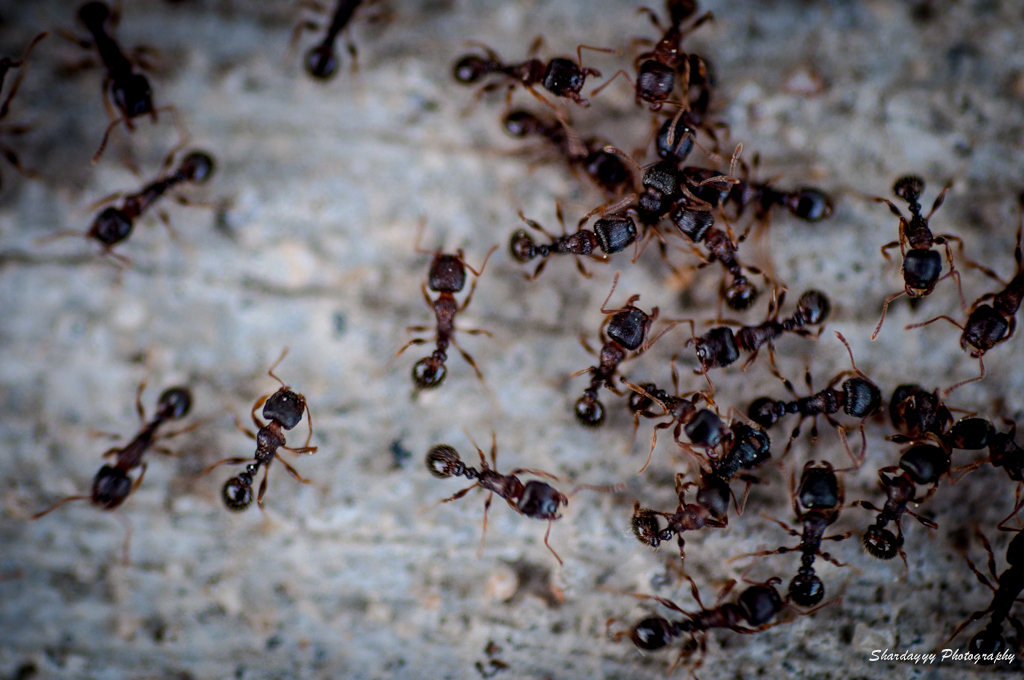Talk on ants shows they have much to teach us
Ants could change the way we think about cancer and genetic engineering. Dr. Ehab Abouheif, a professor at McGill, discussed his research on the evolution of ants during a special lecture at Concordia on Friday.
Ants provide a rare opportunity to understand how group dynamics can influence genetics. “We can learn a lot, if you want to understand how social environments and interactions affect the way genes work,” Abouheif said. “After humans, ants are technically the most socially complex animals out there.” They organize themselves into social classes of queens, soldiers, and workers determined by environmental cues and not genetics. As larvae, all ants start with the same genetic information. Environmental cues will determine whether they come out as the sole queen, warrior soldier ants with large heads and mandibles for colony defense.

All of these characteristics are controlled by one area of the larvae that will eventually become the base of the wings. If there are too many soldier ants in a colony, ants will lick larvae and coat them with a pheromone that prevents that area from signalling other cells and starting the cascade ending with a soldier physiology.
Understanding how this pheromone interrupts signals to other cells could provide insights about how cancer develops, as tumours use the same signalling cellular methods to spread.
This research is still strictly theoretical, but it underscores the potential of Abouheif’s work. “Most of our medical research is concentrated on four species,” he said. “How much nature are we missing?”
We could be missing a lot — not just because we aren’t looking in the right places, but because we aren’t looking at the right times.
All animals go through ancestral stages as they develop, and Abouheif has already forced ants to travel back in evolutionary time. He’s created ants known as supersoldiers — ants with unusually large heads — by exposing the ants to high amounts of a hormone during development. “These supersoldiers are actually very ancient,” Abouheif said, “and if we tinker with these things, we can get them to come back.”
Humans have their own buried evolutionary quirks. “We have appendices, vestiges of a tail, we have gills that come up in development, we have all kinds of ancestral features about us,” Abouheif said. Theoretically, these could come back if something catastrophic happens in our environment.
Ants may also help us understand the ways our environment is changing.
Ray Sanwald has worked with Abouheif for years. ”He has taught me everything I know about collecting ants,” Abouheif said.
For 60 years, Sanwald has studied the ant colonies near his home and collected detailed environmental data. The data provides a clear and complete picture of how climate change has affected ant behaviours. Abouheif is currently preparing a paper on the subject. “That should be a big, flying paper,” he said. “I just have to write it.”uch to teach us




